
The Timeless Art of Hand-Forged Historical Daggers
Daggers have been an essential weapon and symbol of power throughout history, from the battlefields of ancient civilizations to the hands of noble warriors. These compact yet deadly blades have played a significant role in combat, self-defense, and ceremonial traditions. While modern manufacturing techniques have made mass production possible, the art of hand-forging historical daggers remains a revered craft among enthusiasts and collectors.
The History of Daggers
Daggers date back to prehistoric times when early humans fashioned blades from stone, bone, and later, metal. Throughout the centuries, different cultures refined their designs, creating unique and highly functional weapons. Some of the most famous historical daggers include:
The Kris (Indonesia & Malaysia): A wavy-bladed dagger known for its mystical and spiritual significance.
The Pugio (Roman Empire): A short dagger carried by Roman soldiers, often used in close combat.
The Cinquedea (Renaissance Italy): A broad-bladed dagger popular among Italian nobles.
The Jambiya (Middle East): A curved dagger traditionally worn as a status symbol.
The Scottish Dirk: A long dagger associated with Highland warriors.
Each dagger carries a story, representing the culture, warfare, and craftsmanship of its era.
The Art of Hand-Forging Daggers
Hand-forging a dagger is an intricate process that requires immense skill, patience, and precision. Unlike mass-produced blades, hand-forged daggers possess unique characteristics that reflect the craftsmanship of the maker. The forging process typically includes:
1. Material Selection
The choice of metal is crucial in dagger forging. High-carbon steel is often preferred for its strength, durability, and ability to hold a sharp edge. Damascus steel, known for its beautiful wavy patterns, is also a popular choice among collectors.
2. Heating and Shaping
The metal is heated to extreme temperatures in a forge until it becomes malleable. The bladesmith then hammers the heated steel, gradually shaping it into the desired dagger form. This process is repeated multiple times to enhance the blade’s strength.
3. Grinding and Polishing
Once the dagger is shaped, it undergoes grinding to refine the edges and achieve the perfect balance. The surface is then polished to bring out the natural beauty of the steel, particularly if Damascus patterns are present.
4. Heat Treatment
The blade is carefully heated and quenched in oil or water to harden it. This process ensures the dagger maintains a sharp edge while remaining resilient to impact.
5. Handle Crafting
The handle is crafted from materials like wood, bone, horn, or metal, depending on the historical design. Many historical daggers feature intricate carvings, inlays, or precious stones.
6. Final Assembly & Testing
The blade and handle are securely assembled, and the dagger undergoes rigorous testing to ensure durability and sharpness. A well-crafted hand-forged dagger should not only be aesthetically appealing but also functional.
Why Choose a Hand-Forged Historical Dagger?
Collectors and enthusiasts appreciate hand-forged historical daggers for their authenticity, craftsmanship, and historical significance. Owning a hand-forged dagger is like holding a piece of history, meticulously crafted using age-old techniques. Some key benefits include:
Unique Craftsmanship: No two hand-forged daggers are identical, making each piece special.
Superior Durability: Traditional forging techniques create stronger, more resilient blades.
Historical Authenticity: Hand-forged daggers remain true to historical designs and methods.
Investment Value: Authentic historical daggers and high-quality reproductions often appreciate in value over time.
Final Thoughts
The tradition of forging historical daggers is a testament to the skill and dedication of bladesmiths. Whether you’re a collector, historian, or martial artist, owning a hand-forged dagger offers a deep connection to the past. If you’re looking for high-quality, hand-crafted historical daggers, explore our collection at Heritage Forged, where we honor the art of traditional blade-making.
Are you interested in a particular historical dagger? Let us know in the comments!

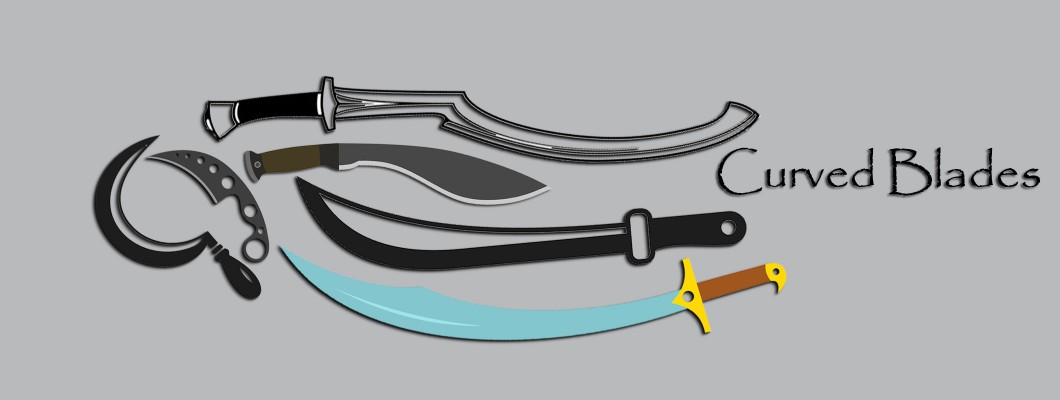
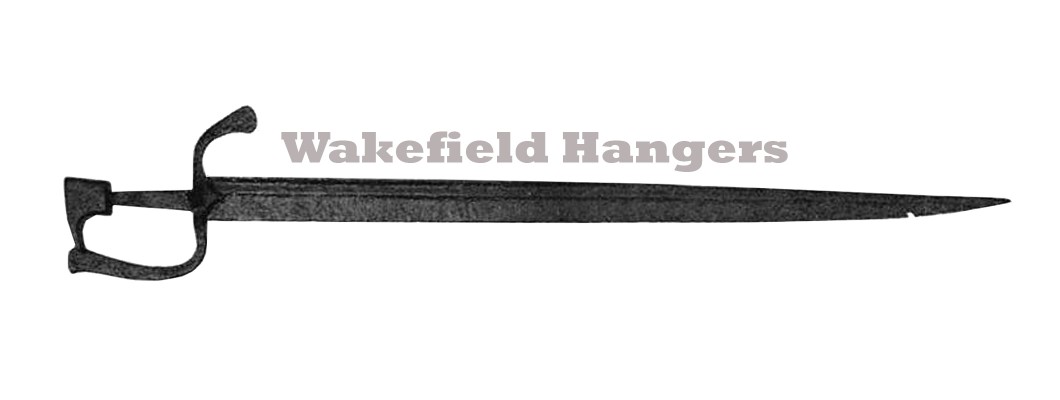
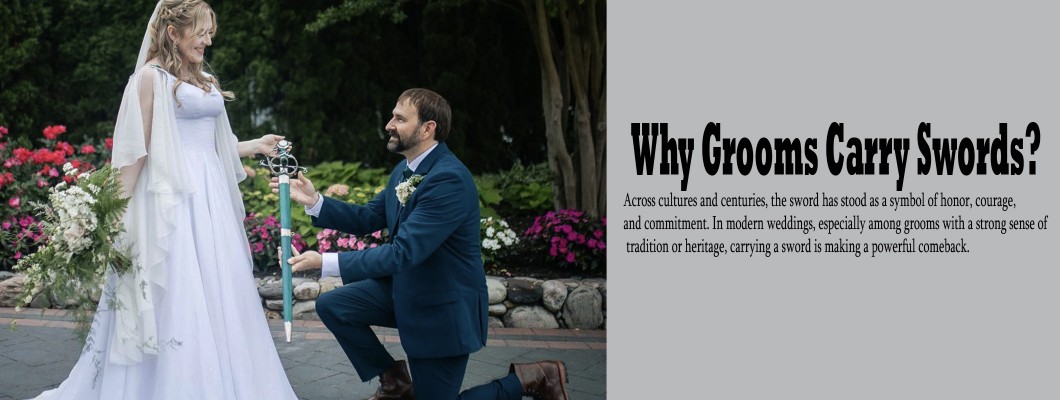
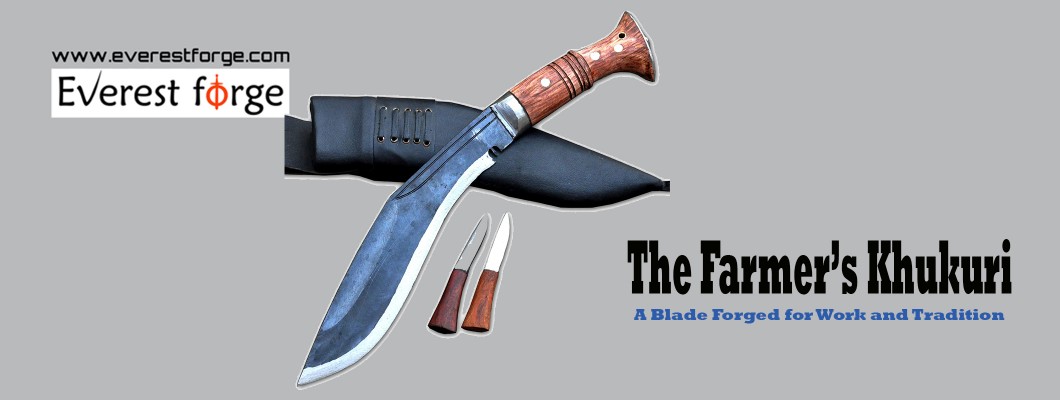

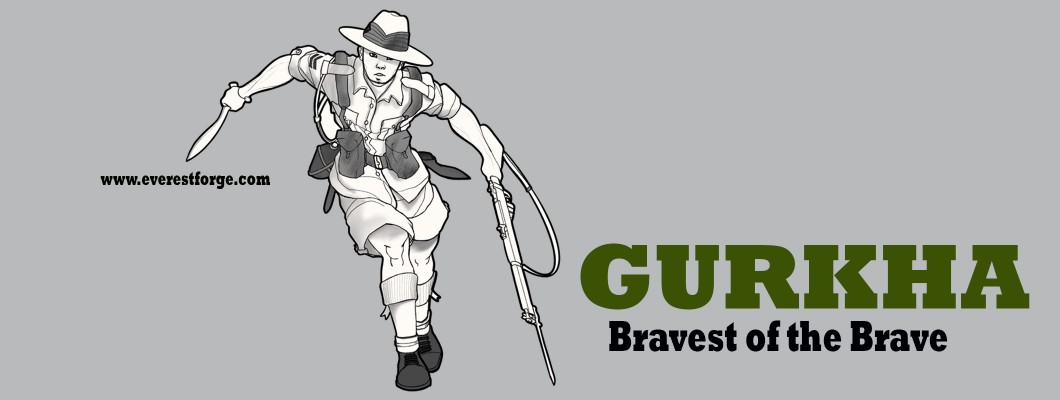
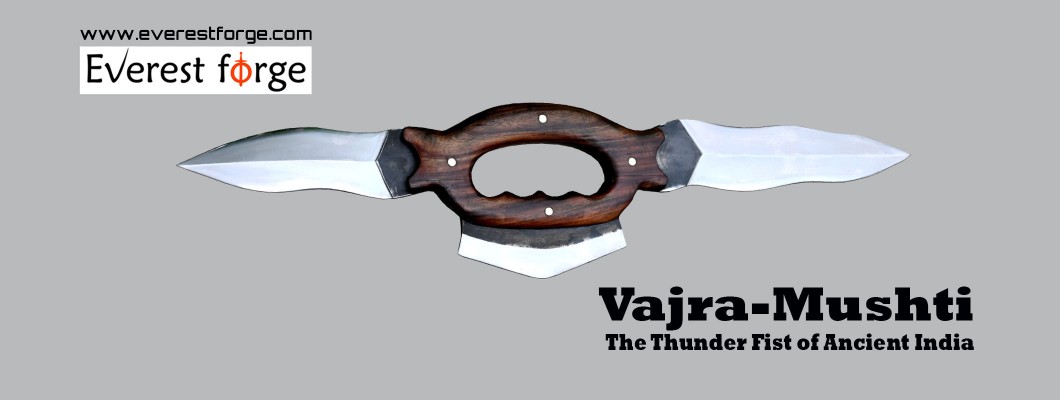
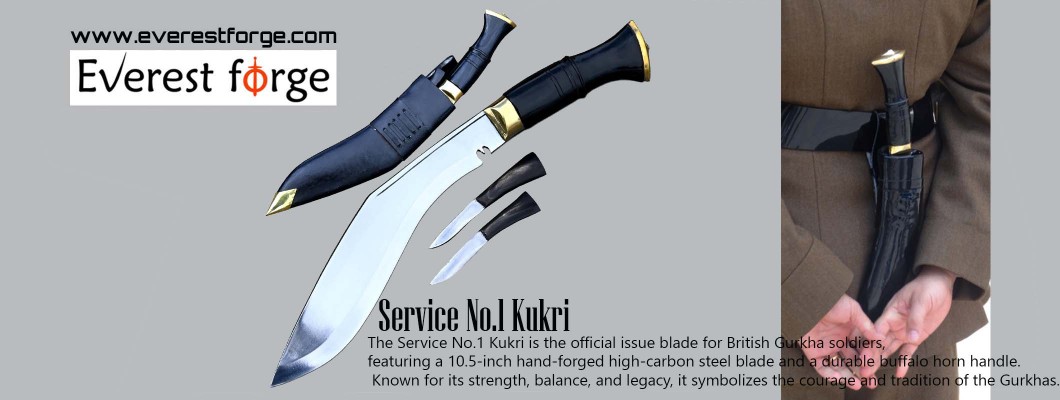
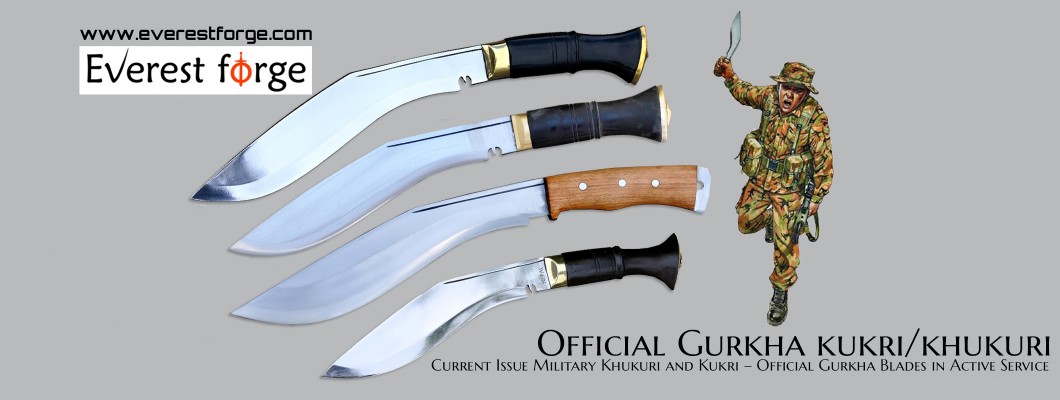
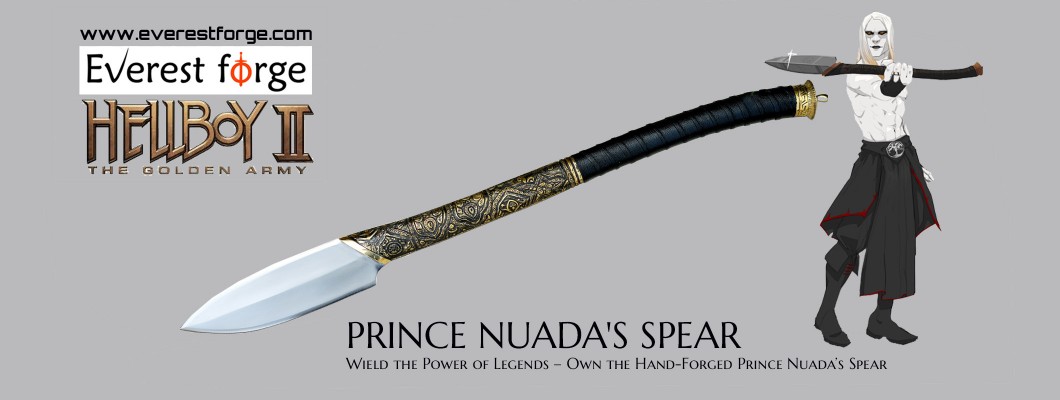

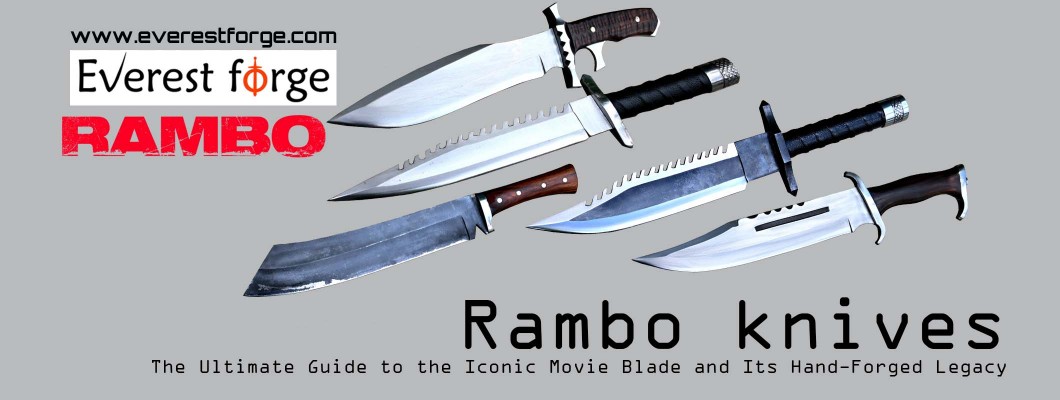





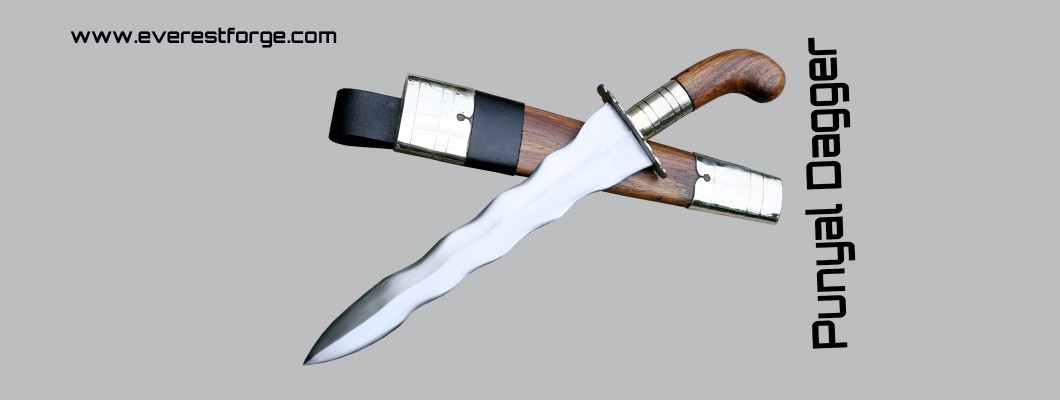
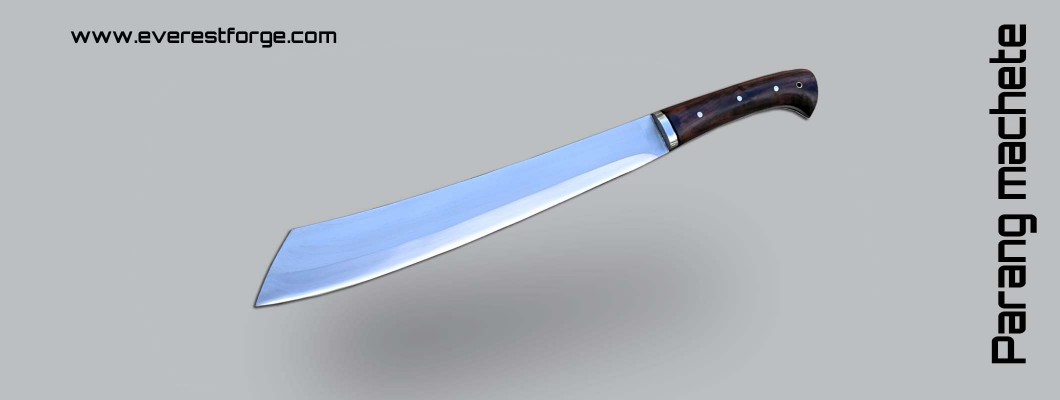
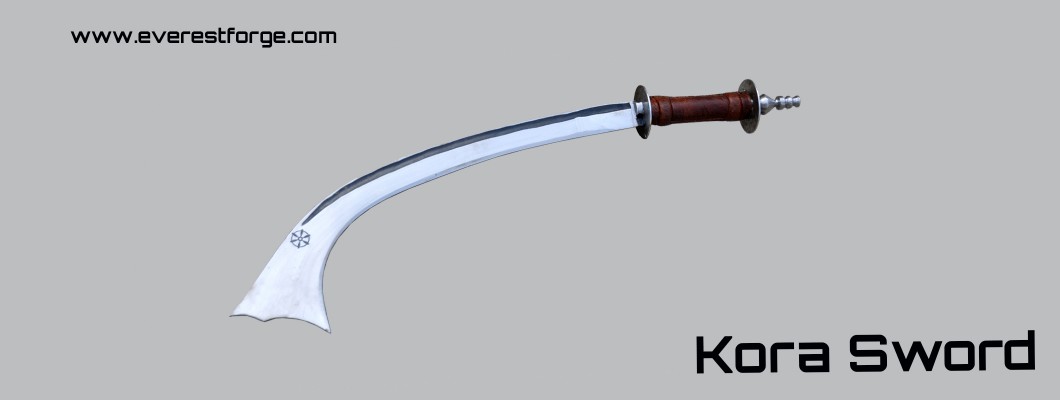
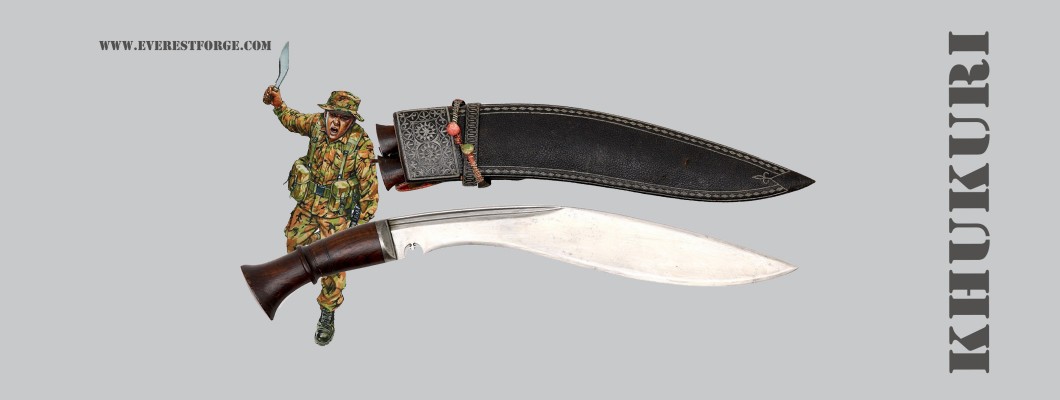
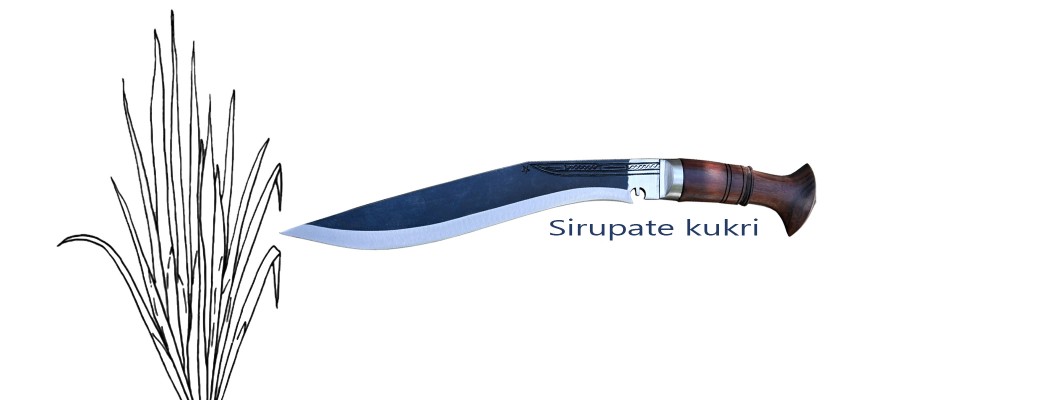
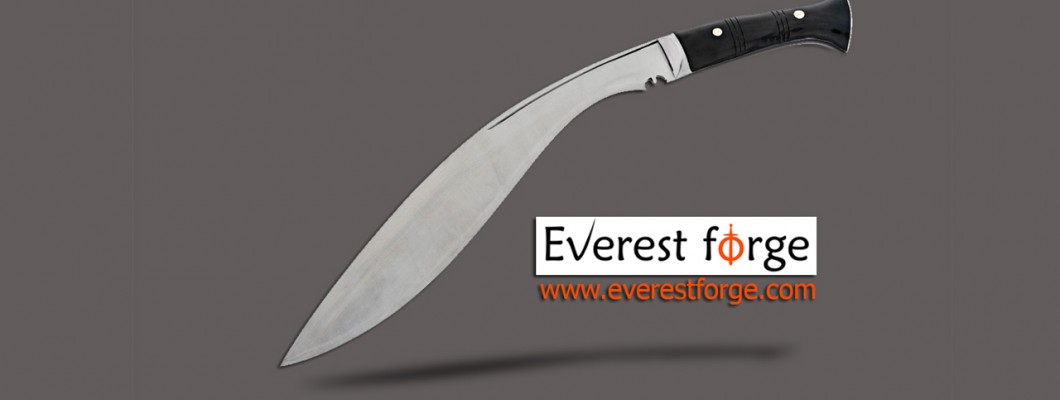
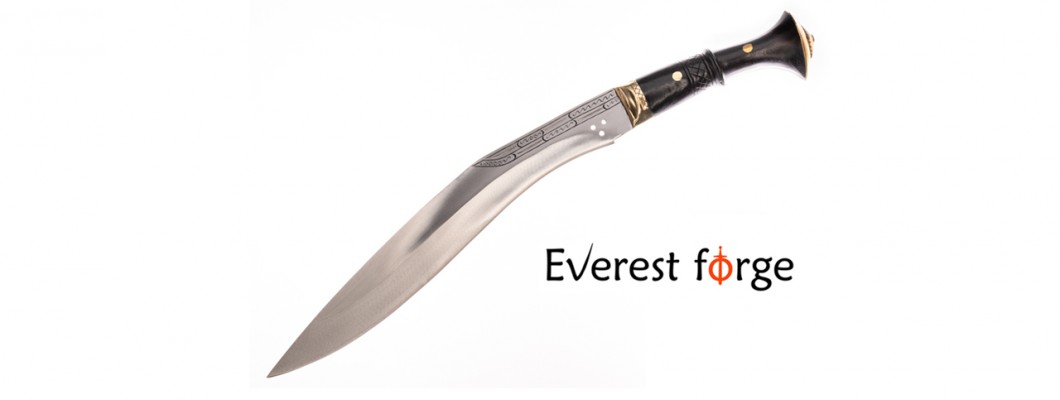
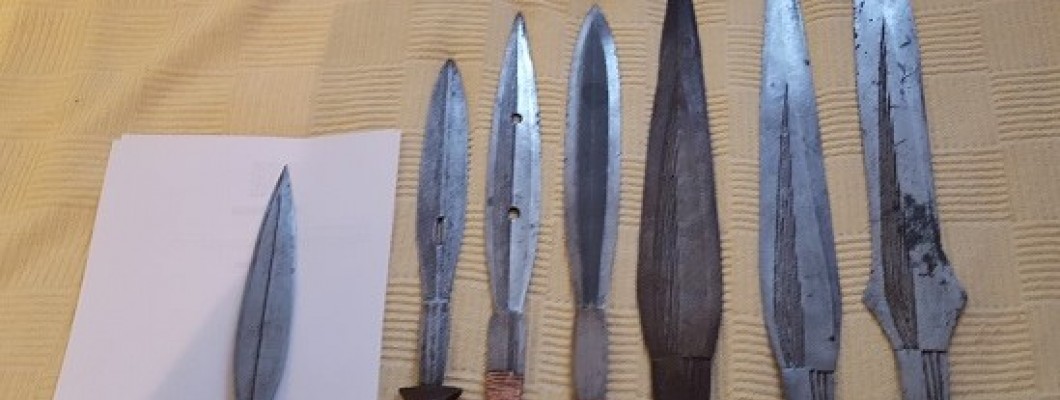

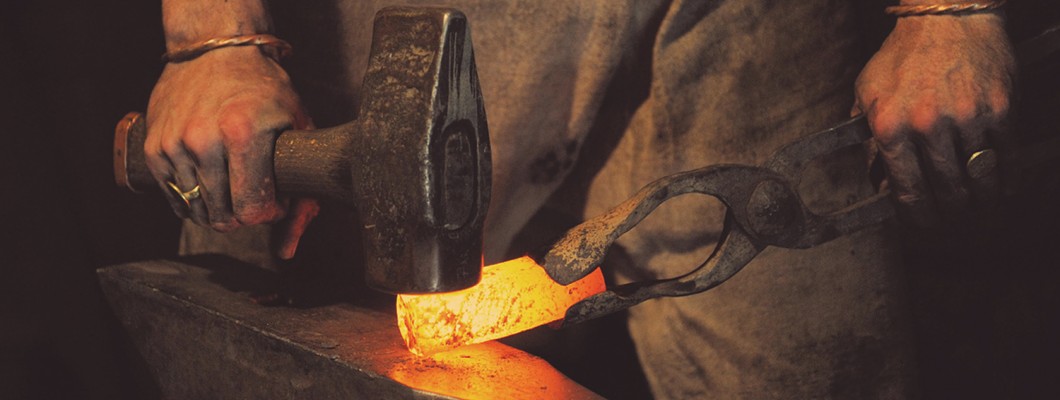
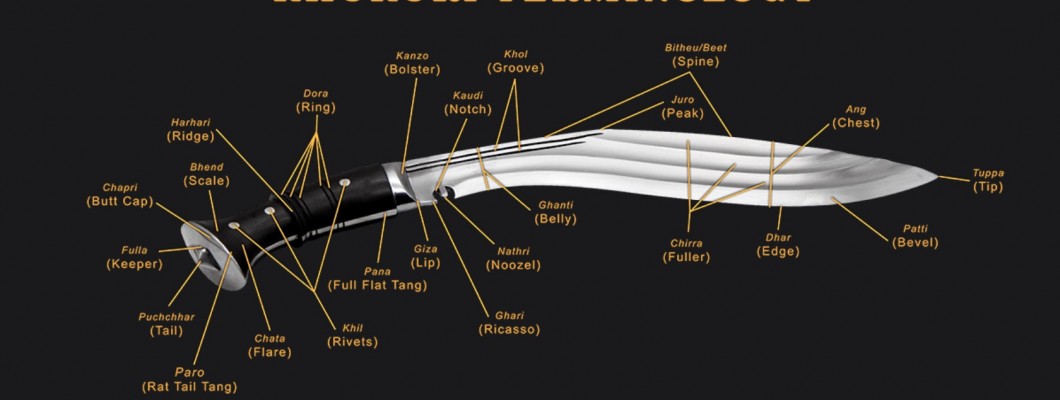
Leave a Comment